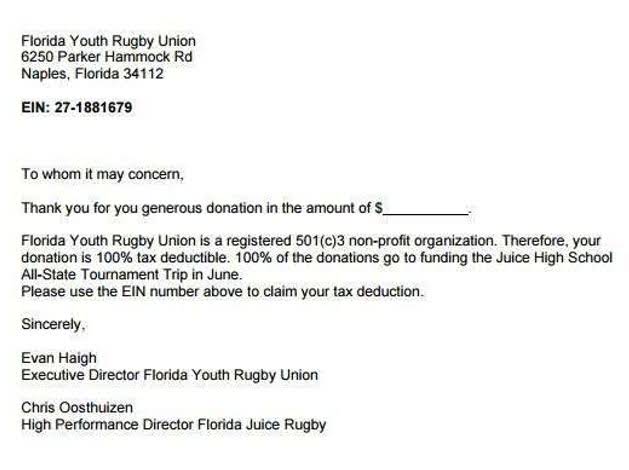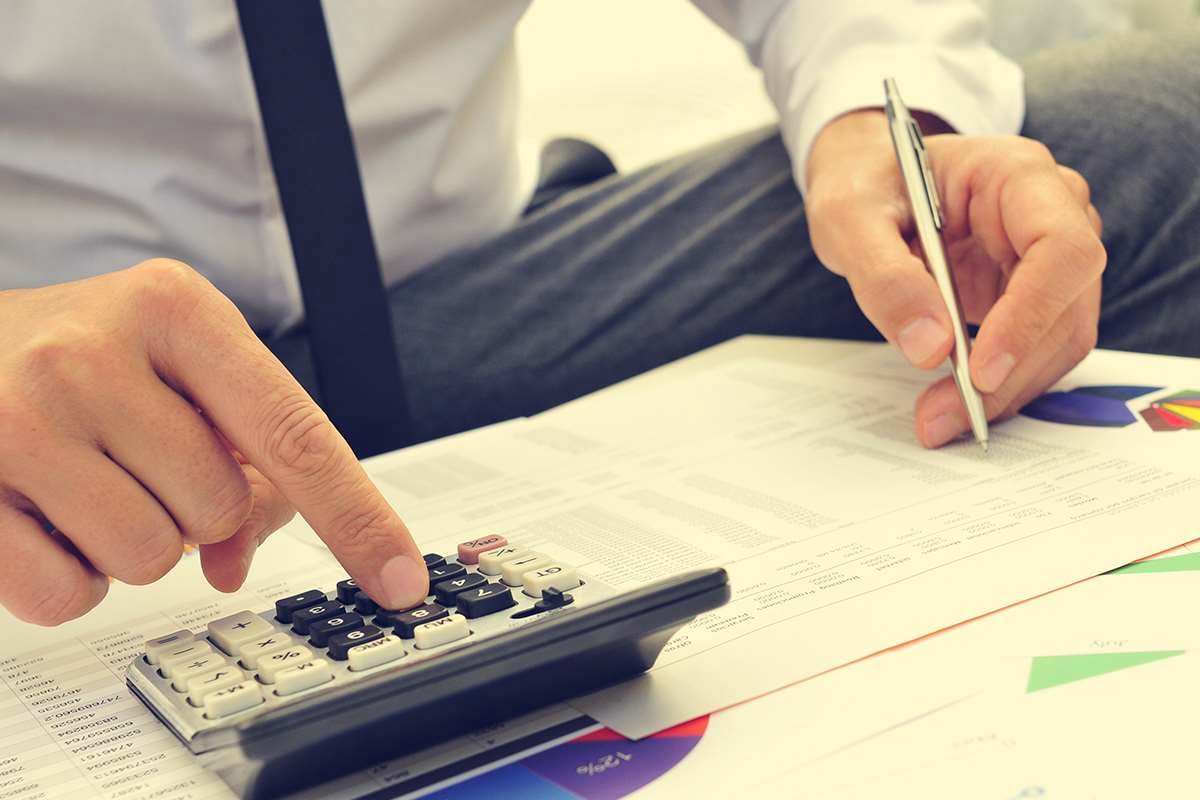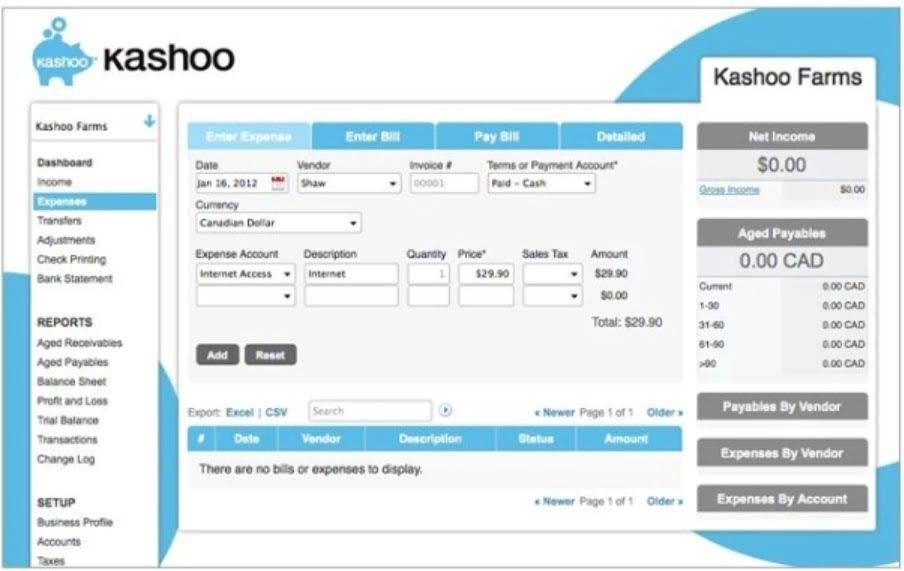Classified Balance Sheet Explained Simply With Examples

The information provided on this website does not, and is not intended to, constitute legal, tax or accounting advice or recommendations. All information prepared on this site is for informational purposes only, and should not be relied on for legal, tax or accounting advice. You should consult your own legal, tax or accounting advisors before engaging in any transaction. The content on this website is provided “as is;” no representations are made that the content is error-free. Save time with automated accounting—ideal for individuals and small businesses.
- When a detailed balance sheet with up-to-date information about the business’s financial position is published, it increases the trust of investors and creditors.
- An unclassified balance sheet does not have sub-totals, clearly defined categories, and accompanying notes.
- Creditors and investors can use these categories in their financial analysis of the business.
- The classified balance sheet is presented in a vertical format, typically listing assets first, followed by liabilities and equity.
- Publishing a classified balance sheet also makes it easy for regulators to point out an issue in the initial stages rather than in the final stages when irrevocable damage has already been done.
- A balance sheet with classifications (groupings or categories) such as current assets, property plant and equipment, current liabilities, long term liabilities, etc.
Turn Your Outstanding Invoices Into Cash
It provides stakeholders with a clearer and more organized presentation of a company’s financial position, enabling them to make more informed judgments and strategic moves. Overall, the purpose of a classified balance sheet is to provide stakeholders with a transparent and structured presentation of a company’s financial information. It enables them to make informed decisions, assess the financial health and stability of a company, and evaluate its ability to meet short-term and long-term obligations. A classified balance sheet is a more detailed version of the traditional balance sheet. It organizes assets and liabilities into distinct categories based on their nature and liquidity.
Purpose of a Classified Balance Sheet

However, in a classified balance sheet format, such a calculation would be straightforward as the management has specifically mentioned its currents assets and liabilities. Like current assets, the current liabilities only have a life span of one accounting period, usually a year. These are short term debt obligations that need to be paid back either by utilizing the current assets or by taking on new current or long-term liabilities.

Current Assets
Common examples include cash, cash equivalents, accounts receivable, and inventory. If you’re working with multiple reporting periods or need to standardize how different teams report balance sheet items, this free Excel balance sheet template can help. It includes Actuals, Plans, and Forecasts in the same structure – with auto-calculated ratios and clean monthly views built in. A classified balance sheet displays details about a business’s assets, liabilities, and shareholders’ equity divided into account subdivisions. Long term liability is obligations that are supposed to be paid back in the future, possibly beyond the operating cycle or the current fiscal year.
A classified balance sheet is a financial statement that reports the assets, liabilities and equity of a company. It breaks each account into smaller sub-categories to provide more value for the user of this income summary report. Classified balance sheets are more often used in corporate financial reporting whereas. These detailed balance sheets can be prepared in both formats of reporting, either IFRS or GAAP US. The classified balance sheet is the most detailed among all types of balance sheets.

Factoring with altLINE gets you the working capital you need to keep growing your business. Taxes are incredibly complex, so we may not have been able to answer your question in the article. Get $30 off a tax consultation with a licensed https://www.bookstime.com/articles/payroll-for-construction-companies CPA or EA, and we’ll be sure to provide you with a robust, bespoke answer to whatever tax problems you may have. You can connect with a licensed CPA or EA who can file your business tax returns. Explore the 2025 Netherlands BPO market and its size, key trends, challenges, and growth outlook with insights on technology, nearshoring, and compliance.
- Just like organizing our toy box makes playtime better, a classified balance sheet helps everyone understand the company’s financial health.
- It helps you track assets, liabilities, and equity without hustle, removing the need for manual entries.
- Shareholders’ equity is the owners’ stake in the company after all debts have been paid.
- If you’d like to give it a try, feel free to book a demo with our experts, we’d be happy to provide more info on how to track your financial health better.
- • This format provides valuable insights for investors, creditors, and management to make informed decisions regarding the company’s financial health and strategies.
- Creditors are people or companies that lend money to the company, expecting to be paid back with interest.
Company
Current liabilities are like the bills you need to pay by the end of the month—obligations that need to be settled within a year. A very well-classified data ingrain confidence and trust in the investors and banks. It likewise educates a lot about the executives who are not only about the valuations but also how these have been calculated. The long-term section incorporates the commitments that are not due in the following year. Along these lines, this part is constantly reflected in the current section.
Which assets of a classified balance sheet usually include the subgroups?
This makes it easier for people to see how well the company is doing and to make smart decisions about investing in or lending money to the business. A classified balance sheet helps organize and categorize a company’s financial information into relevant sections, providing a clearer picture of its financial position and aiding in financial analysis. Each of these components provides valuable information about the company’s financial position, and understanding them is key to interpreting a classified balance sheet effectively. This type of balance sheet segregates the assets, liabilities, and equity into classifications or categories, thus presenting a more detailed and clear picture of a company’s financial condition. This in-depth information is pivotal in driving investment decisions, strategic planning, and performance evaluation. A classified balance sheet arranges the amounts from a company’s balance sheet accounts into a format that is useful for the readers.

Non-Current Liabilities
A classified balance sheet is not an isolated artifact; it’s influenced by a web of accounting practices, regulations, and cultural perspectives that differ from one country to another. Whichever the case – a correct balance sheet is a must, and what can help you in maintaining accuracy are tools like Farseer. It helps you track assets, liabilities, and equity without hustle, removing the need for manual entries. If you’d like to give it a try, feel free to book a demo with our experts, we’d be happy to provide more info on how to track your financial health better. A common stock dividend distributable is shown in the shareholders’ equity area of the balance sheet, and a cash dividend distributable is shown in the liabilities section. Hence, on the classified balance sheet, dividends would be reflected as a reduction in the stockholder’s equity section, specifically in retained earnings classified balance sheet account.




